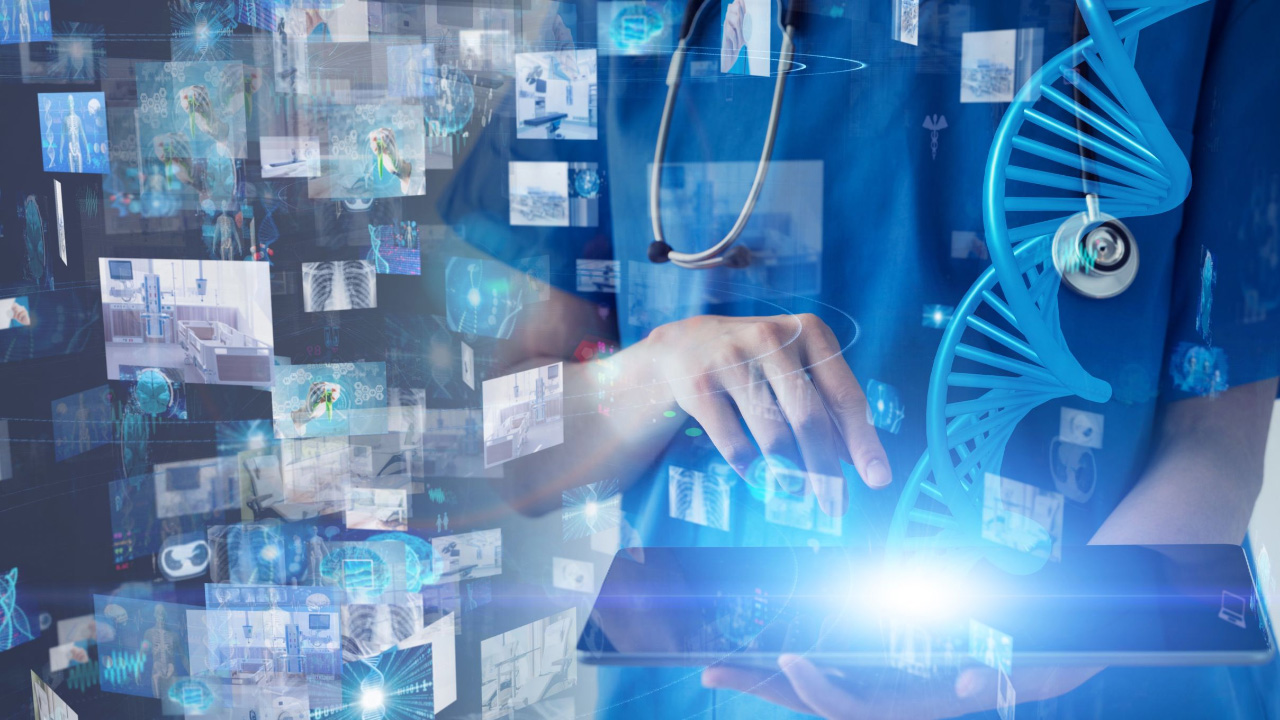The NASSCOM Centre of Excellence - IoT & AI announced the successful conclusion of the third edition of its flagship program Healthcare Innovation Challenge. HIC-3, a one-of-a-kind, use case-driven program that brings together Hospitals, Diagnostic Chains, Insurance Players, Pharma and Medtech companies, Government Delegates, Technology Enterprises, and Deeptech start-ups to catalyze the adoption of solutions, has begun to break new ground with the types of use-cases being explored for adoption.
While there is a general trend toward the rising use of data, there is still apprehension in investigating data-based solutions as well as sharing data created by Healthcare Providers & Pharma businesses that may be used for AI/ML model training by solution developers. This also translates into a lack of understanding about what data-driven solutions can do for the healthcare practitioner.
"Digital healthcare technology has a key role to play in making inexpensive healthcare available in rural regions of the country." The Ministry of Electronics and IT (MeitY), as the country's nodal body for all IT promotion, is dedicated to doing all possible to make this healthcare access a reality. "We look forward to additional projects like this to help the government's efforts," said Dr. Ajai Garg, Senior Director of MeitY.
Some hospitals in HIC-3 are investigating how they may use the data collected in their operations. Future Inpatient Volume Prediction based on Outpatient Data, AI-Based Surgical Video Recording, and Reporting, and Integration of Multiple Data Streams to Create a Data Lake are examples of solutions that seek to investigate the use of internally generated data in the creation of actionable intelligence. Other use cases, such as OPD Cashless Payer Solution and Automated Credit Payment System, aim to combine disparate payment systems/vouchers/credits to provide users with a unified experience.
The eminent jury announced the following winners: Healthgraph (Comprehensive Patient Care / OPD Automation), Mocero (Preventive Health Checkup Tracking), Attributed (OPD Cashless Payor Solution), Infoveave (Automated Credit Payment Settlement), Simbo.AI (Prescription Digitalisation), Tredence (Inpatient volume prediction based on Outpatient volume), Ramja Genosensor (Early detection of Microbes and Infection), Infoveave (Integ (AI-based Surgical Video Recording & Reporting). NHCircle, Navia, Purpledocs, Synctactic.AI, Arya.AI, and BestDoc finished second and third, respectively.
Healthcare data platforms serve as the beginning point for healthcare innovation, ingesting and securely storing data from multiple sources in a cost-effective and consumable way. Companies create centralized data lakes in the cloud to store indexed and categorized data for use in downstream analytics and AI/ML-powered prediction/personalization. With the biggest and deepest array of cloud services and purpose-built solutions, AWS enables entrepreneurs to speed up the digitization and exploitation of health data.
"Consumption in the Indian healthcare ecosystem is at an all-time high." The modern customer demands prompt, transparent, and tailored healthcare services, and data is an essential component of this ecosystem. For many of our customers, we are developing solutions that may give a more holistic 360-degree picture of the patients for individualized therapy and patient care. However, this is only achievable if assimilation data is shared and integrated across many platforms and important stakeholders in the ecosystem. Innovative solutions and cutting-edge technology like as AI/ML are only as good as the data provided. Relevant stakeholders must reconsider existing data sharing methods since data is the key to unlocking and accepting solutions that will pave the path for future healthcare, "stated Balaji Uppili, Chief Customer Success Officer." -GAVS
The user community's primary focus continues to be operations, with requirements such as OPD Automation, Prescription Digitization, and Preventive Health Checkup. Hospitals are also seeking for alternatives to improve the speedier identification of germs and illnesses, allowing doctors to forgo antibiotic prescriptions while they await the results of conventional diagnosis techniques.

 Affordable innovation, which presents ways to innovate, be flexible, and do more with less, can help a complex and resource-constrained country like India address challenges in healthcare. Such a model can ensure that healthcare is “available†and “accessible†to every citizen of the country on a sustainable basis.
Affordable innovation, which presents ways to innovate, be flexible, and do more with less, can help a complex and resource-constrained country like India address challenges in healthcare. Such a model can ensure that healthcare is “available†and “accessible†to every citizen of the country on a sustainable basis.










.jpeg)



.jpg)





.jpeg)

.jpg)





.png)

